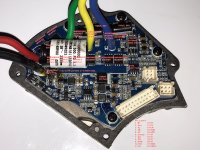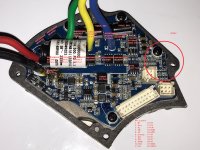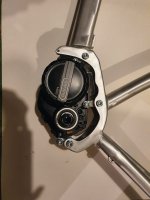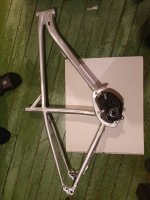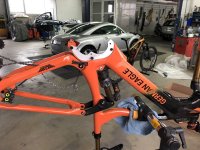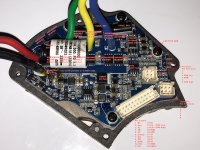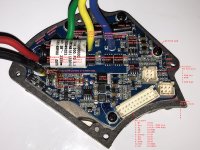ornias said:casainho said:I knew that reconstruction of the phase current is possible because others also do that but seems is the more complex to implement, I wish they were doing the most simple wayornias said:NXP has more papers about things than you might expect:
https://www.nxp.com/docs/en/application-note/AN5327.pdf
Thanks for pointing to this document. Maybe you could link on the repository documentation this document about the motor control done on this motor controller.
I updated the hardware readme accordingly
Yes, I do see only the one shunt resistor and on the main bus, so likely doing current reconstruction - though I think that is the simple way, no? Just one resistor and some math, not the extra power dissipation and heat of three more resistors? Plus, I think this is what makes 'ludicrous mode' option possible... just parallel in a second resistor so the controller only 'sees' half the current?
I measure my shunt resistor at 0.049 ohms - using some decent Agilent and Amprobe meters for voltage and current, then calculating R because it is so low. So taking the configuration to be two 0.01 ohm resistors in parallel plus associated tolerances in resistors and measuring devices. I guess there is a bit of a markup in the 'ludi mod' price.... parts: one resistor, $0.59, knowing where to place it: $299.41!
I've updated the image - sorry I don't seem to get github working... will keep trying there.


